Table of Contents
Introduction to Cinnamon Varieties
Cinnamon Verum (Ceylon) and Cassia are the two primary types of cinnamon, but their differences extend beyond flavor—Cassia contains high levels of coumarin, which can cause liver damage with regular consumption. According to the European Food Safety Authority (EFSA), the tolerable daily intake of coumarin is 0.1 mg per kg of body weight. Here's a detailed comparison of health risks, flavor profiles, and how to choose the right cinnamon for your kitchen.
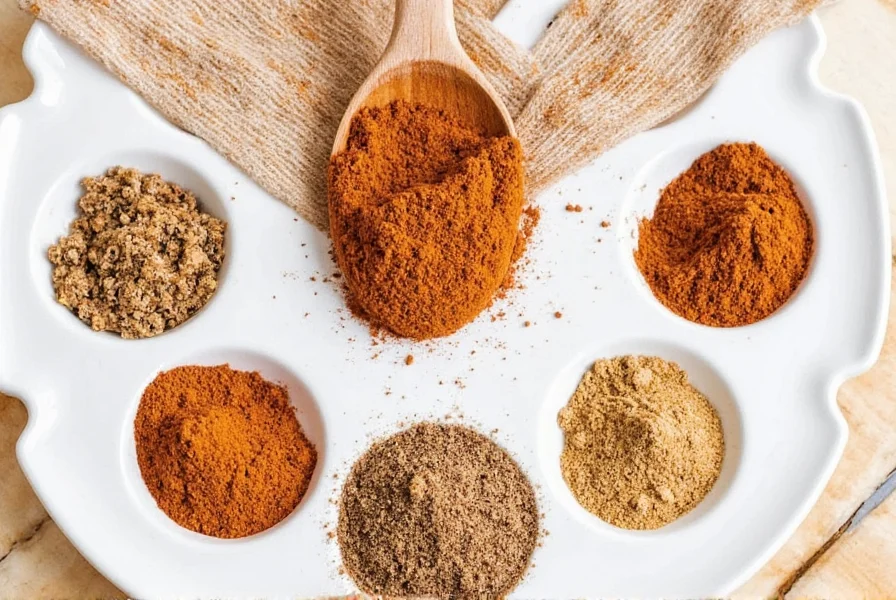
What is Cinnamon Verum?
Cinnamon Verum, also known as Ceylon cinnamon, is native to Sri Lanka and contains only 0.004% coumarin by weight, making it the safer choice for daily consumption. It has a delicate, sweet, and slightly citrusy flavor profile with a floral aroma. Its thin, layered bark is ideal for gourmet applications where subtle spice is required.
What is Cinnamon Cassia?
Cinnamon Cassia, commonly called Chinese cinnamon, originates from China and Indonesia and contains 1-5% coumarin by weight. This high coumarin level poses liver health risks with regular consumption. Its strong, pungent flavor with bitter notes makes it popular in hearty dishes, but it should be used cautiously in recipes requiring large quantities.
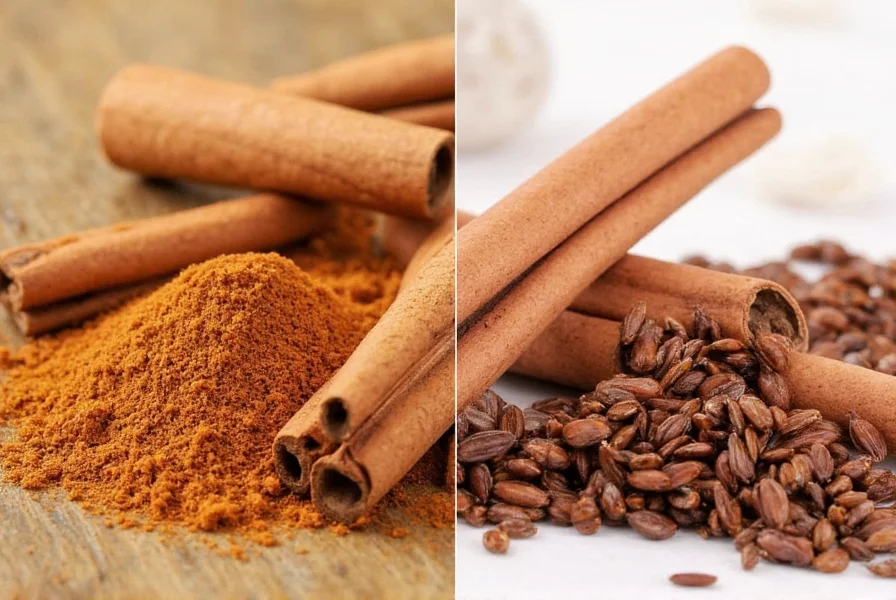
Key Differences Between Cinnamon Verum and Cassia
| Feature | Cinnamon Verum | Cinnamon Cassia |
|---|---|---|
| Origin | Sri Lanka | China, Indonesia |
| Flavor | Delicate, sweet, citrusy | Strong, pungent, slightly bitter |
| Aroma | Fragrant, floral | Intense, earthy |
| Bark Texture | Thin, curled, multiple layers | Thicker, harder, less curled |
| Color | Light brown, pale | Darker, reddish-brown |
| Coumarin Content | 0.004% by weight | 1-5% by weight |
| Health Risk | Safe for daily use | Potential liver damage with excessive consumption |
| Used In | Gourmet baking, desserts, sauces | Hearty stews, spiced drinks, savory dishes |
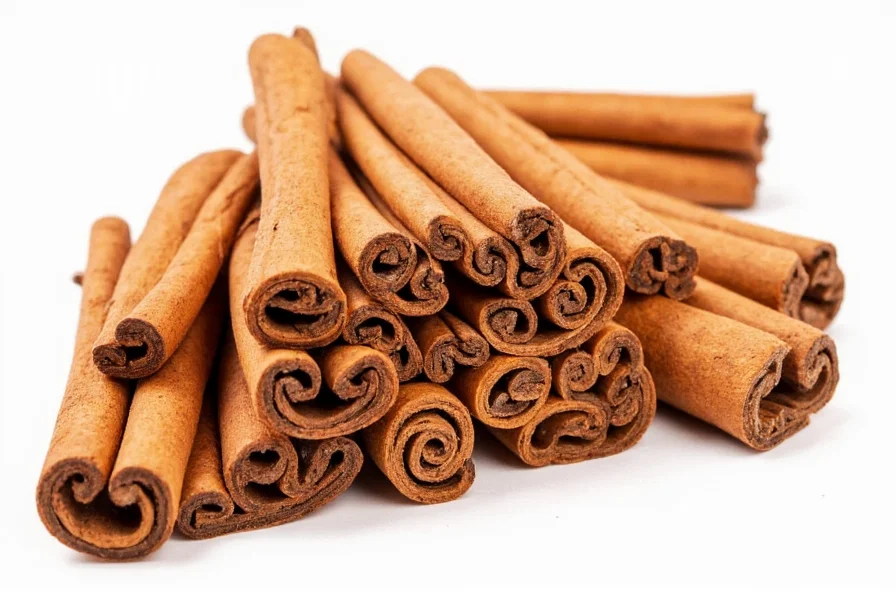
Practical Uses and Tips for Each Type
Understanding each cinnamon's characteristics ensures optimal results in your recipes:
- Cinnamon Verum: Ideal for delicate desserts like crème brûlée, custards, and fruit pies. Use sparingly in sauces for refined flavor without overpowering other ingredients.
- Cinnamon Cassia: Best for robust recipes like mulled wine, chai tea, and chili. Its strong flavor holds up in long-cooking dishes but should be limited to 1 teaspoon daily for a 150lb adult due to coumarin risks.
When substituting: Use 25-30% less Cassia for Verum in recipes. For Verum in Cassia recipes, increase by 20-25% but monitor coumarin intake carefully.
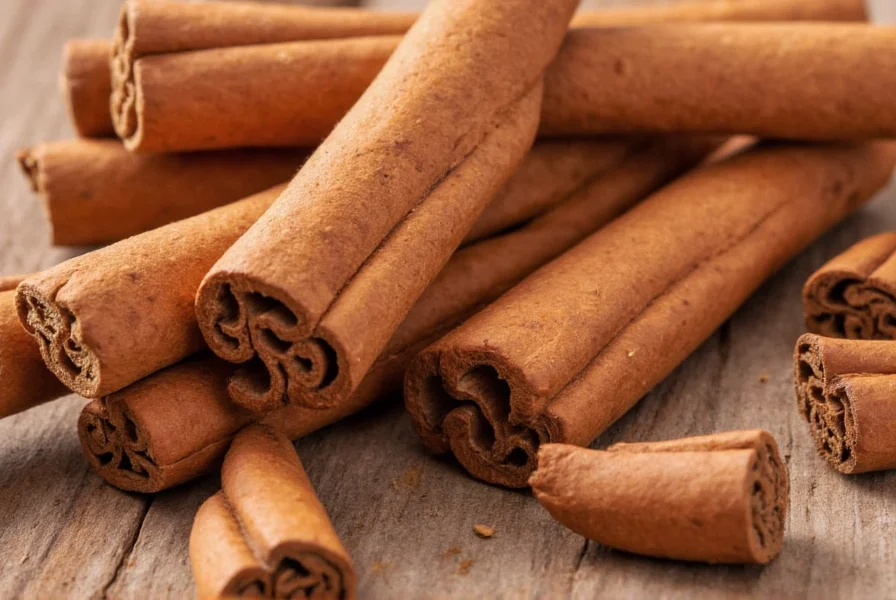
Frequently Asked Questions
What's the main difference between Cinnamon Verum and Cassia?
The key difference is coumarin content. Cinnamon Verum (Ceylon) contains only 0.004% coumarin, making it safe for daily use, while Cassia contains 1-5% coumarin, which can cause liver damage with regular consumption. Verum has a delicate, sweet flavor with citrus notes, while Cassia is stronger and more pungent.
Which cinnamon is healthier?
Cinnamon Verum is significantly healthier for regular consumption due to its minimal coumarin content. The European Food Safety Authority (EFSA) confirms Cassia's high coumarin levels pose liver risks, while Verum's low levels allow safe daily use. Both provide antioxidants, but Verum is the only safe choice for therapeutic doses.
Can I substitute one for the other in recipes?
Yes, but with caution. For Cassia in Verum recipes, reduce quantity by 25-30% due to its stronger flavor. For Verum in Cassia recipes, increase by 20-25% but monitor total coumarin intake. For high-cinnamon recipes (e.g., oatmeal, baked goods), Verum is always safer.
Why is Ceylon cinnamon more expensive than Cassia?
Ceylon cinnamon requires labor-intensive harvesting of thin inner bark from Sri Lankan trees, while Cassia's thicker bark is easier to harvest from Chinese/Indonesian trees. Verum's limited production (only 1% of global cinnamon) and higher quality standards justify its premium price.
How can I tell them apart when buying?
Look for these features: Verum sticks are thin, brittle, and form multiple layers (like a cigar) with light tan color. Cassia sticks are thick, hard, single-layer, and reddish-brown. Ground Verum is pale yellow-brown with floral aroma; Cassia is dark reddish-brown with sharp scent.
Which type contains more coumarin?
Cassia contains 1-5% coumarin by weight, while Verum has only 0.004%. This 1,000x difference makes Verum the only safe choice for regular consumption. The EFSA recommends Cassia consumption be limited to 1 teaspoon daily for a 150lb adult.
Is one better for managing blood sugar?
Both may help with blood sugar, but research shows Verum is safer for long-term use. Cassia's higher coumarin content increases liver risks, especially for diabetics taking other medications. Always consult a healthcare provider before using cinnamon for blood sugar management.
How much cinnamon is safe to consume daily?
For Cassia: Maximum 1 teaspoon (2.5g) daily for a 150lb adult (per EFSA coumarin limits). For Verum: Up to 1-2 tablespoons daily is safe due to negligible coumarin. Always check product labels for coumarin content if unsure.
Buying Guide: How to Choose the Right Cinnamon
Choosing authentic cinnamon requires careful label inspection. Many products mislabeled as "Ceylon" are actually Cassia. Here's how to verify:
Features to Look For
- Texture: Verum sticks are brittle and easily crumbled; Cassia is dense and hard to break.
- Color: Verum is light tan; Cassia is dark reddish-brown.
- Labeling: Look for "Ceylon cinnamon" or "Cinnamomum verum". Avoid generic "cinnamon" labels—these are usually Cassia.
Best Products for Different Uses
- Ceylon Cinnamon Sticks (Verum): For gourmet cooking, choose Ceylon Cinnamon Co. or Penzeys Spices. Verify by checking for multiple thin layers when broken.
- Cassia Ground Cinnamon: For occasional use in hearty dishes, Kirkland Signature or McCormick are reliable. Limit to 1 teaspoon daily.
For therapeutic use (blood sugar management), only purchase Verum from reputable brands like Starwest Botanicals with third-party coumarin testing.
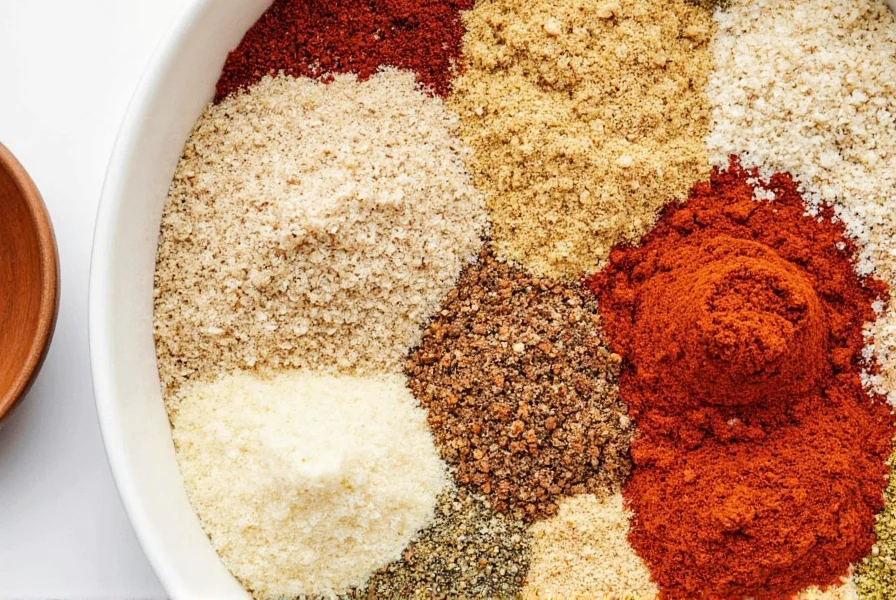
Conclusion
Cinnamon Verum and Cassia differ fundamentally in health safety, not just flavor. Verum's negligible coumarin makes it the only safe choice for daily consumption, while Cassia's high coumarin levels require strict dosage limits. Always verify labels for "Ceylon" or "Cinnamomum verum" and prioritize quality over cost when selecting cinnamon for health-conscious cooking.
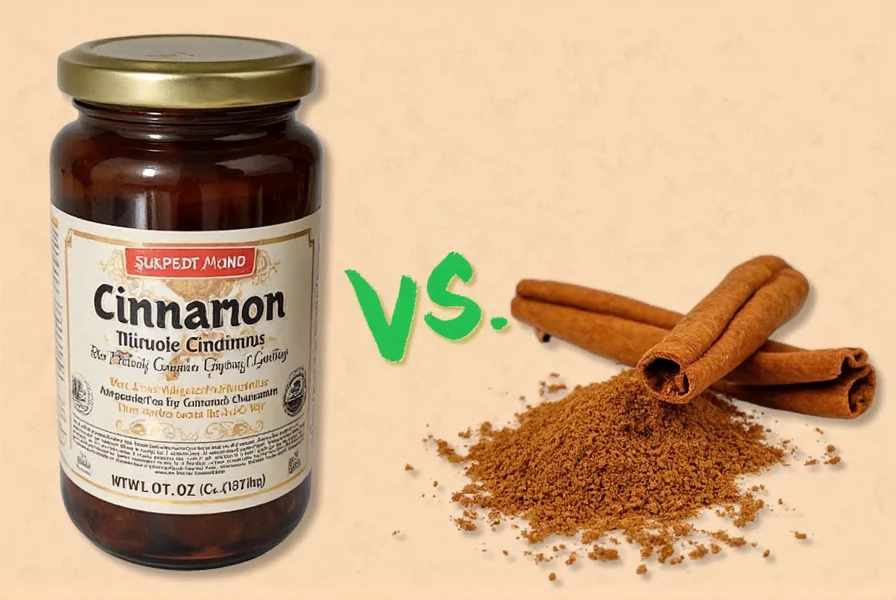
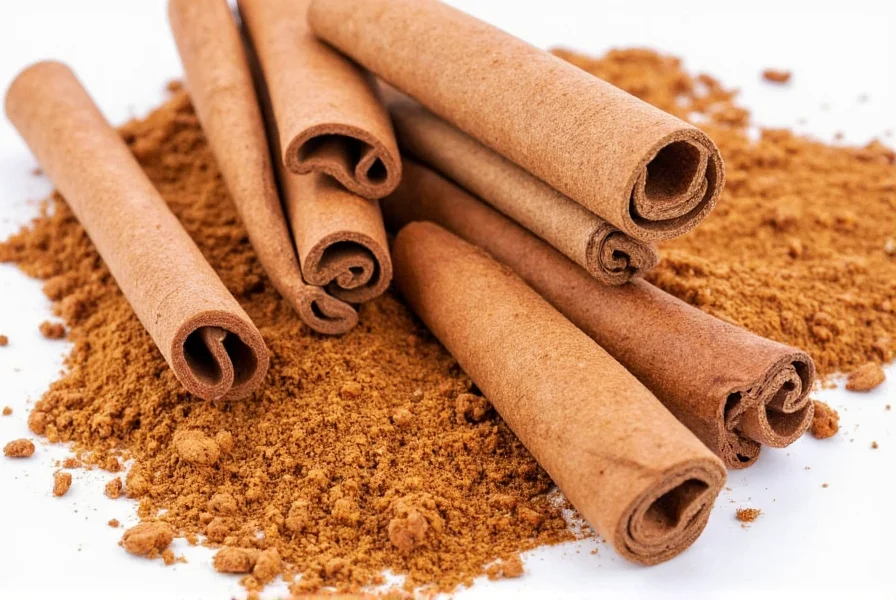










 浙公网安备
33010002000092号
浙公网安备
33010002000092号 浙B2-20120091-4
浙B2-20120091-4